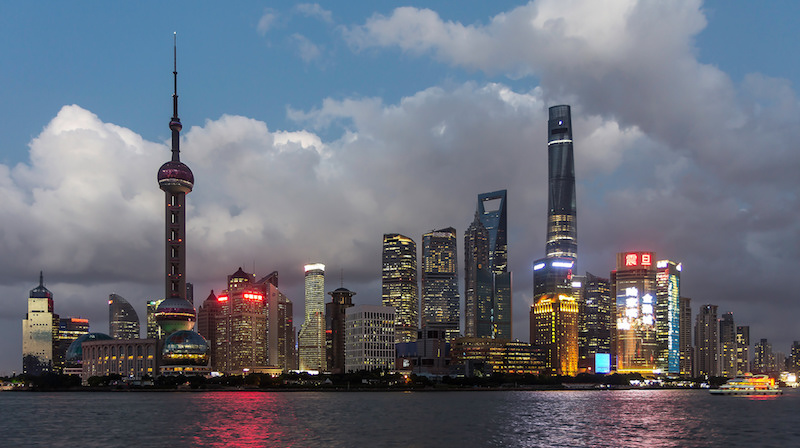Signify, the world leader in lighting, announced that it has installed its architectural lighting into the façade of one of Beijing’s tallest buildings, the China World Trade Center’s (CWTC) Tower B.
This latest high-profile city landmark, using Philips architectural LED lighting, illustrates the growing trend in China to make cities more attractive and livable using the latest connected lighting technologies.
CWTC Tower B is a new hub for commerce and tourism in Beijing’s Central Business District. The 300-meter-tall building is the latest addition to the CWTC, a growing mixed-use campus and home to some of China’s leading companies. The form of the building was inspired by geometry found in nature and by traditional Feng Shui. The exterior is clad in a sleek curtain wall of glass with self-shading vertical fins and a canted façade which reflects Beijing’s vibrant skyline. The tower’s design also addresses climate concerns. To reduce energy use, the exterior glass curtain wall is tilted to decrease glare and solar heat in the warm summer months.
The top of the building is illuminated by 88 sets of Philips Color Kinetics ColorReach LED floodlights.
To accentuate the architecture of the tower walls, Signify provided a total of 400,000 white LED light points. The Philips Color Kinetics eW Flex Micro string lights are embedded into cavities on the curtain wall, rendering them “invisible.” From the outset, Signify’s Professional Lighting Services team worked closely with the architect and reserved the cavity structures for the lighting. The installation nodes are exceptionally well designed, and the illumination angles and installation positions fit perfectly the structure of the curtain wall, preventing light from shining inside the offices at night. Assisting with the installation was the Beijing Fortune Lighting System Engineering Co. Ltd, which is a member of the Signify Value Added Partner program.
The lights are digitally controlled by a Philips Color Kinetics Video System Manager Controller. This enables video content to be streamed and scaled across the building’s entire façade via the control of thousands of LED lights. These LED motion graphics convert the tower into a giant canvas or video screen.
The lighting designer for the Beijing CWTC Tower B project is the renowned Kaoru Mende, from Lighting Planners Associates, who brought his experience of more than 700 projects worldwide. His use of light highlights the building’s unique texture and bamboo-like layering. The innovative design won the 2018 China Lighting Award for Outdoor/Singular Engineering Design.
This latest lighting project underscores how Signify is using innovative connected LED lighting to make cities more livable.
This post is sponsored by the Signify. See our editorial guidelines for what this means.
